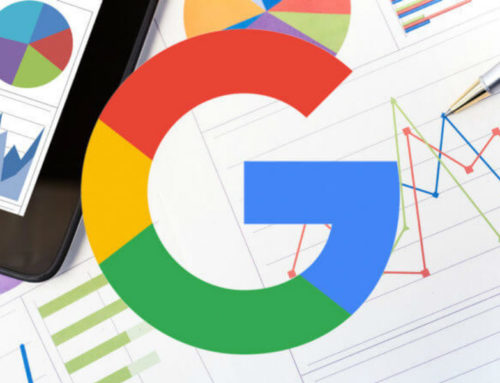Small business owners know digital marketing is no longer secondary to traditional print marketing and advertising and is a great way for them to get more bang for their marketing bucks. (In fact, 95% of small businesses plan to increase spending on digital marketing this year.) But to get the best results, it’s important to understand digital marketing and keep up with digital marketing trends.
Digital Marketing 101
What is digital marketing? It’s often thought of as “online marketing,” but it goes far beyond internet marketing. Digital marketing refers to any marketing that uses digital channels to reach prospective customers. This includes mobile phone messaging (both SMS and MMS), email marketing, social media marketing, display advertising, search engine marketing and apps.
10 Basic Digital Marketing Strategies to Use
1. Your business website
No matter how active you are on social media, it can’t replace a business website. Your website is the digital “home” of your business and it’s the one place online where you are completely in control of your message. Your website doesn’t have to be fancy, but it does need to be mobile-friendly. that’s non-negotiable in 2019.
2. Search engine optimization
Search engine optimization (SEO) refers to the process of increasing website traffic using the organic (non-paid) search results on search engines. There are many moving parts to SEO, including using the right keywords in your website, your social media presence, references to your website from external sites and much more. The complexity of SEO is one reason only 44% of businesses are currently investing in SEO, according to Clutch. The good news: Being one of that 44% can put you ahead of your competition.
3. Local search engine optimization
Since 2o15, more searches have been conducted on mobile devices than on desktop computers, according to Google. Many of those searches are done while users are “on the go” looking for local businesses, so Google’s search results now favor websites that are optimized for local search by including location information and location-related keywords. In addition to optimizing your website for local search, claim your business location on local search directories such as Google My Business and make sure that your name, address and phone number (NAP) information is listed exactly the same way on all the local search directories. (No using “St.” in one listing and “Street” in another.) If your NAP varies from one listing to another, search engines may not recognize it as the same business, hurting your search results.
4. Email marketing
Nearly seven in 10 businesses use email marketing, making it the third most popular digital marketing method. Almost half (47%) of people across demographics check their email on a mobile device; 81% of those use their smartphones (as opposed to tablets). In addition, the majority (33%) of email opens occur on mobile devices. When you develop your email marketing messages, think “mobile-first.” Keep emails short; include a clear call to action; design in a single-column format; and use plenty of white space so it’s easy to click on buttons or links in the email.
5. Social media marketing
Social media is the number-one marketing channel used by businesses, according to Clutch: 83% of companies use it. There’s good reason for that: Statista reports 77% of Americans use social media. Be sure you’re keeping up to date on new social media channels, as well as where your target customers are spending time (for instance, are they leaving Facebook for Instagram)?
6. Content marketing
This practice refers to creating content (such as blog posts, ebooks, white papers, infographics, videos, etc.) that you share digitally. The goal is to attract users to view your content and take the desired action. For instance, you might write a blog post on How to Winterize Your House and Save Money and include a call-to-action such as “Contact us to get a free estimate on winterizing your home.”
7. Pay-per-click (PPC) advertising
Pay-per-click digital ads appear when users do an internet search for the terms you use in the ad. The name comes from the fact that you only pay when someone clicks on your ad. The most common place for PPC ads is on Google (using Google AdWords) but ads on Facebook and other social media channels are also considered PPC.
8. Marketing automation
Marketing automation software can automate many repetitive aspects of marketing. For instance, it can send automated responses or start a “drip marketing” campaign when prospects fill out a leads form. It can schedule your social media posts, determine the best time to send email newsletters, and more.
9. Messaging
From SMS and MMS text messages to the use of messaging apps such as WhatsApp, Messenger, Viber or WeChat, you can market to customers using mobile messaging. Mobile messaging marketing applications can use location-based data to trigger messages at relevant moments, such as when a customer is near your store or restaurant.
10. Online ratings and reviews
You may not think of online review sites as digital marketing, but they’re a major factor in how prospects form an opinion of your business. Some 86% of consumers (and 95% of those age 18 to 34) read reviews for local businesses; 91% of 18-to-34-year-old consumers trust online reviews as much as personal recommendations. Optimize your listings on review sites the same way you would on Google My Business: Keep them current and add photos, descriptions, directions and offers. Monitor your reviews regularly and respond to negative reviews quickly (and politely).










